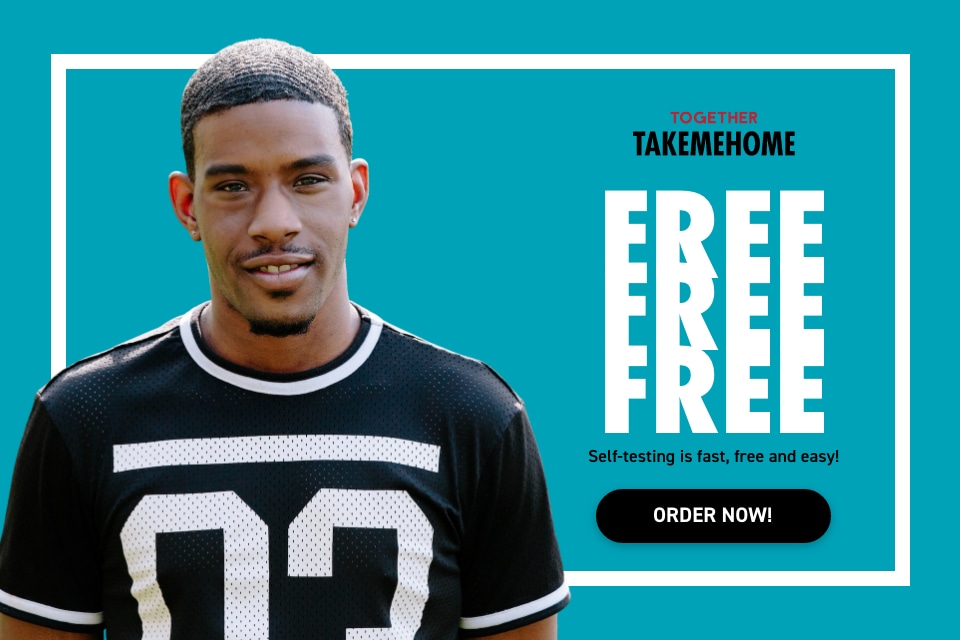Self Testing

HIV self-tests are a great way to learn your HIV status on your own time and in your own space.
Talk to your friends and partners about knowing your status. For tips on how to start those conversations, check out our HIV Testing Essentials page.
You can also check out our Let’s Stop HIV Together Testing videos if you need more information about HIV testing and how to talk about it.
No matter your test results, know you are not alone. There are many organizations out there that want to support you in your HIV journey. Use the prevention services locator to find places where you can find support and prevention services after your test.
An HIV self-test (or rapid self-test) is an antibody test that can be used at home or in a private location. With an HIV self-test, you can get your test results within 20 minutes.
Read the instructions included in the test kit before you start.
-

For an HIV self-test, you must swab your gums to collect an oral fluid sample and then test your sample.
- Your results will be ready within 20 minutes.
- If you don’t follow the directions as described, the test may not work. There is a phone number included with the HIV self-test if you need help using the test.
You should always interpret HIV self-test results according to the manufacturer’s instructions. Learn more about what a negative or positive test result means.
If the HIV self-test is invalid, then the test did not work. You will need to use another HIV self-test or find testing at a health care provider or testing center.
A negative result doesn’t necessarily mean that you don’t have HIV. That’s because of the window period — the time between HIV exposure and when a test can detect HIV in your body.
- If you get an HIV test after a potential HIV exposure and the result is negative, get tested again after the window period for the test you took.
- If you test again after the window period, have no possible HIV exposure during that time, and the result is negative, you do not have HIV.
If you’re sexually active or use needles to inject drugs, continue to take actions to prevent HIV, like taking medicines to prevent HIV.
If you have certain risk factors, you should continue getting tested at least once a year.
No. Your HIV test result reveals only your HIV status.
HIV is not necessarily transmitted every time you have sex or share needles, syringes, or other drug injection equipment (for example, cookers). And the chance of getting HIV varies depending on the type of exposure or behavior. Taking an HIV test is not a way to find out if your partner has HIV.
Be open with your partners and ask them to tell you their HIV status. But keep in mind that your partners may not know, may be wrong, or may not tell you about their status. Consider getting tested together so you can both know your HIV status and take steps to keep yourselves healthy.
If you use any type of antibody test and have a positive result, you will need a follow-up test to confirm your results.
- If you test in a community program or take an HIV self-test and it’s positive, you should go to a health care provider for follow-up testing.
- If you test in a health care setting or a lab and it’s positive, the lab will conduct the follow-up testing, usually on the same blood sample as the first test.
If the follow-up test is also positive, it means you have HIV.
- Antibody tests can usually detect HIV 23 to 90 days after exposure. Most rapid tests and self-tests are antibody tests.
- A rapid antigen/antibody test done with blood from a finger stick can usually detect HIV 18 to 90 days after exposure.
- An antigen/antibody lab test using blood from a vein can usually detect HIV 18 to 45 days after exposure.
- A nucleic acid test (NAT) can usually detect HIV 10 to 33 days after exposure.
If you get an HIV test after a potential HIV exposure and the result is negative, get tested again after the window period for the test you took. Learn more about what a negative test result means.


